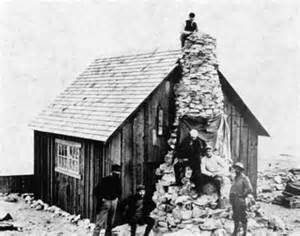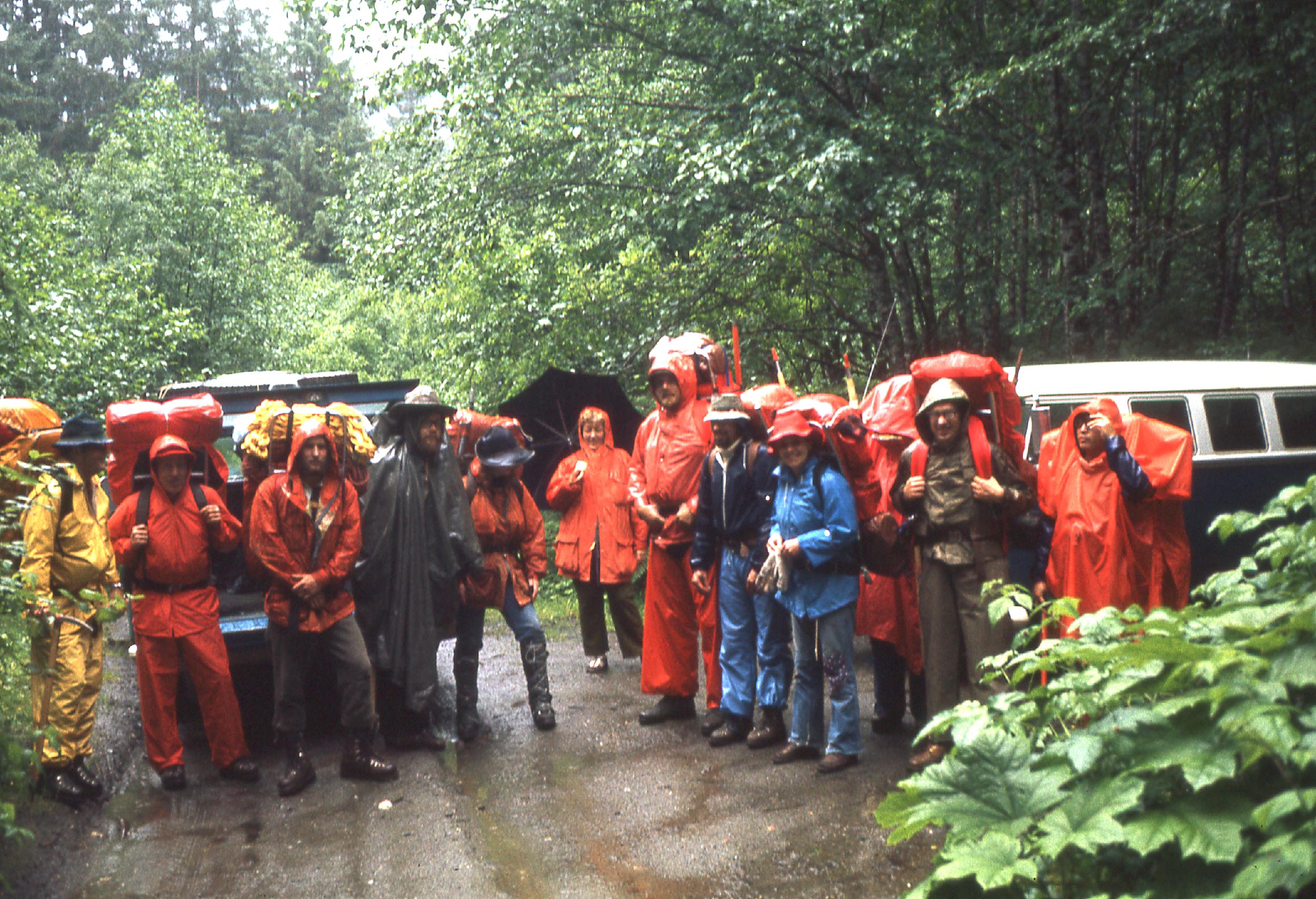By Kelcy Huston, University of Minnesota Duluth
Adjusting to life on the ice comes with learning a unique set of skills and routines. Some of the daily chores are variations of familiar things (like using water and sweeping), and other skills are things I think many of us thought we would only see in the movies if it weren’t for JIRP. The following pictures capture highlights of our time at Camp 17.
One of the first things we did upon arrival to camp was set up water collections. We did this by framing tarps with 2x4s to funnel into a gutter and then into a bin after shoveling surrounding snow onto the tarp. It’s good to scrape off the top layer before shoveling, but no filtering or purifying needed! Photo credit: Kelcy Huston.
Our first week had a heavy focus on ski training and safe glacier travel practices, which requires learning to “rope up” in case someone in a trail party falls into a crevasse. This way, if someone were to fall in, everyone else on the rope team drops to the ground to prevent a long fall and prepare the next stages of rescue. Photo credit: Kelcy Huston.
Building on roping up, we’ve also been practicing building anchor and pulley systems to actually be able to pull people out of a crevasse. Snow anchors allow us to take the weight of the fallen person off of ourselves and the pulley systems give us mechanical advantage to pull them up more easily (it was an added training bonus that it stopped raining and the sun shined for the first time in 6 days!). Photo credit: Kelcy Huston.
When not out in the field we’ve been having evening lectures from guest faculty, starting to think about our own upcoming research, and taking in the views. Photo credit: Kelcy Huston.
****Special happy belated birthday to my Dad – hope it was a great one, I love you!






































